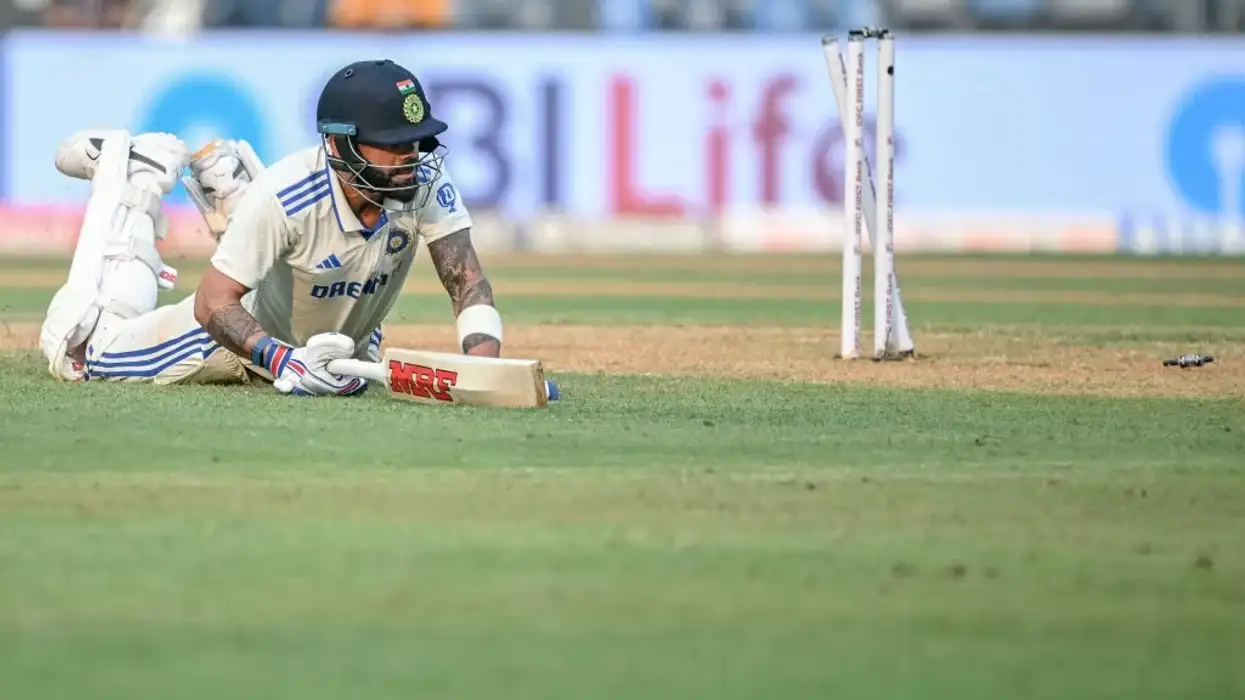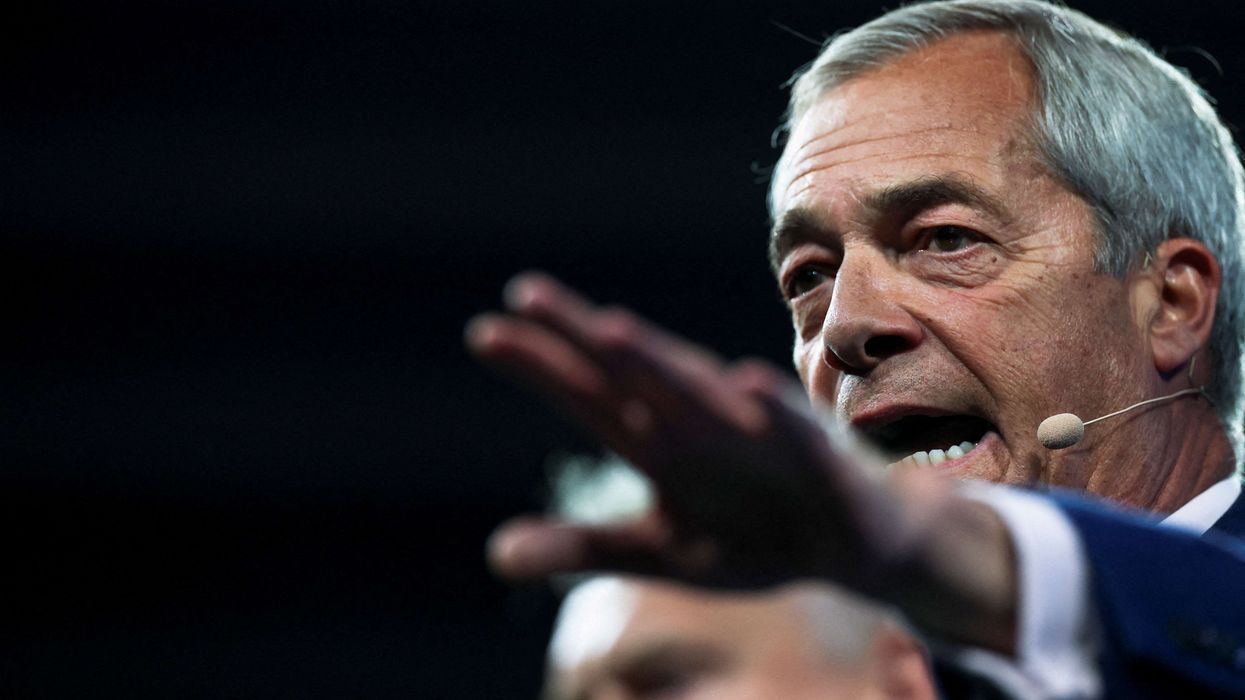NEW ZEALAND's Daryl Mitchell and Will Young made half-centuries in energy-sapping conditions but the tourists were restricted to 235 by Ravindra Jadeja's five-wicket haul before India slumped to 86-4 on the first day of the third test in Mumbai on Friday (1).
Shubman Gill was batting on 31 while Rishabh Pant was not out on one at stumps after India had come back into the game with Jadeja claiming 5-65 and Washington Sundar bagging 4-81.
Rohit Sharma was unable to make the most of being dropped early on and the out-of-form India skipper fell for 18, before Ajaz Patel bowled Yashasvi Jaiswal for 30 and trapped Mohammed Siraj lbw for a duck with the next ball.
Virat Kohli then ran himself out for four while attempting a needless single to hand the advantage back to New Zealand in the final 15 minutes.
"It was quite unexpected," said Jadeja. "But sometimes miscommunication and misjudgement can happen.
"We have tomorrow and the batsmen that are left will need to build small partnerships and take the score past 235. That will be our gameplan."
Mitchell top-scored for the Black Caps with 82 and Young made 71 as the tourists endured oppressive heat and humidity at the Wankhede Stadium to lay a decent foundation in their quest to win the finale and sweep the series.
Young notched his half-century by hitting Washington out of the ground after lunch and looked well set for a maiden ton only to fall against the run of play, edging Jadeja to slip.
After ending the 87-run partnership for the fourth wicket, Jadeja claimed another victim in the same over by castling Tom Blundell for a three-ball duck, but Mitchell steadied the ship with a gutsy knock despite cramps.
Glenn Phillips fell for 17 before tea as Jadeja bowled him out with a straighter ball and the spinner got rid of Ish Sodhi and Matt Henry immediately after the break for his 14th five-wicket haul in tests.
"Taking a five-wicket haul for India in test cricket is always special," Jadeja added. "I felt good that I got wickets when the team needed a breakthrough. It wasn't easy to bowl in the heat. But we did well as a team."
With New Zealand reduced to 210-8, a refreshed Mitchell hit Washington for a couple of massive sixes but departed thanks to a diving catch by Rohit.
Washington sent back Patel for seven to end the Black Caps' innings.
Tom Latham won the toss and had no hesitation in choosing to bat earlier but it was India who enjoyed early success, paceman Akash Deep trapping Devon Conway lbw for four inside the opening half hour when there was plenty of variable bounce.
India wasted little time introducing spin to take advantage of the tricky conditions but New Zealand rose to the challenge with Young lofting Ravichandran Ashwin for a big six over long on in the 15th over.
Washington then struck from the other end by bowling out Latham for 28 and Rachin Ravindra for five with almost identical deliveries that straightened slightly before going past the bat.
New Zealand won the opening match in Bengaluru by eight wickets for their first test victory in India in 36 years, and wrapped up the series in Pune with a 113-run win.
It was New Zealand's maiden series triumph in India going back to 1955 and the they snapped the hosts' home streak of 18 straight series triumphs since a 2-1 loss to England in 2012.
The last time India were blanked in a home series was in 2000 when they lost 2-0 to South Africa and they will eye a morale boosting win before a five-match tour of Australia.
(Reuters)













